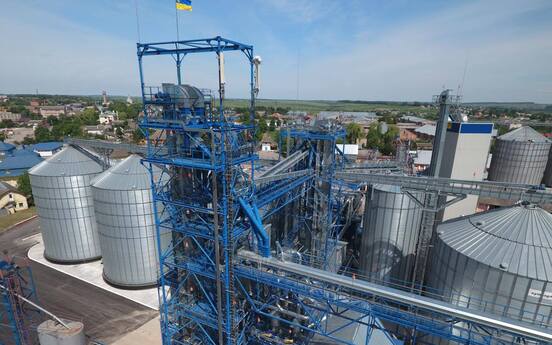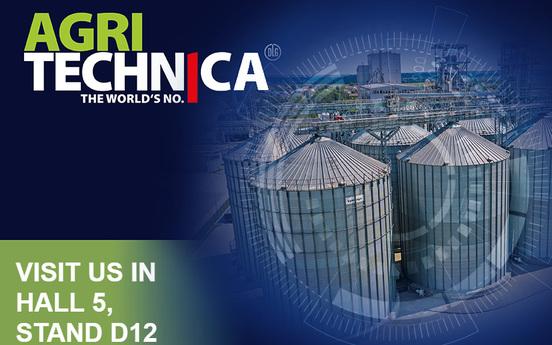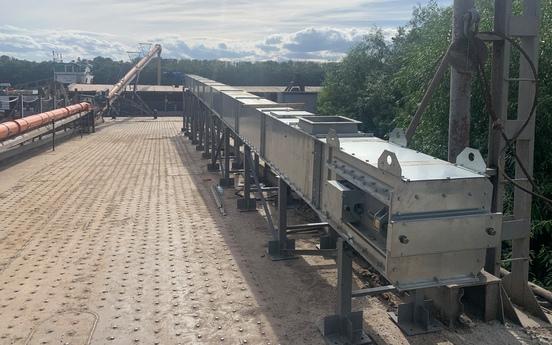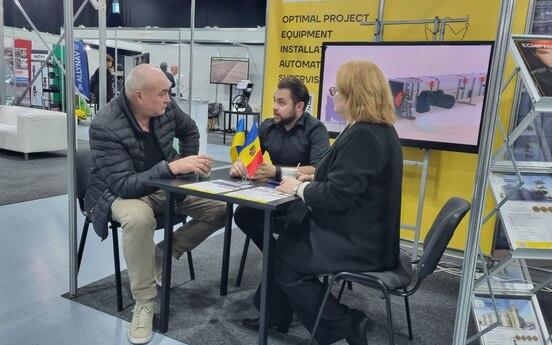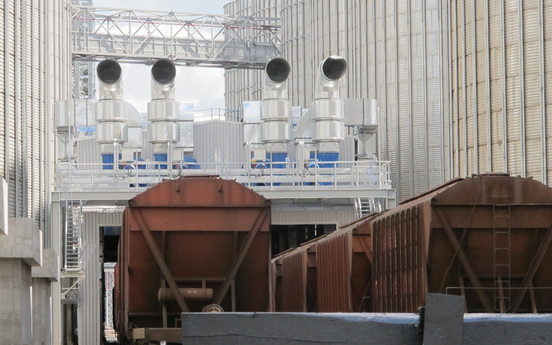How to check whether your silo meets the modern requirements of agribusiness?
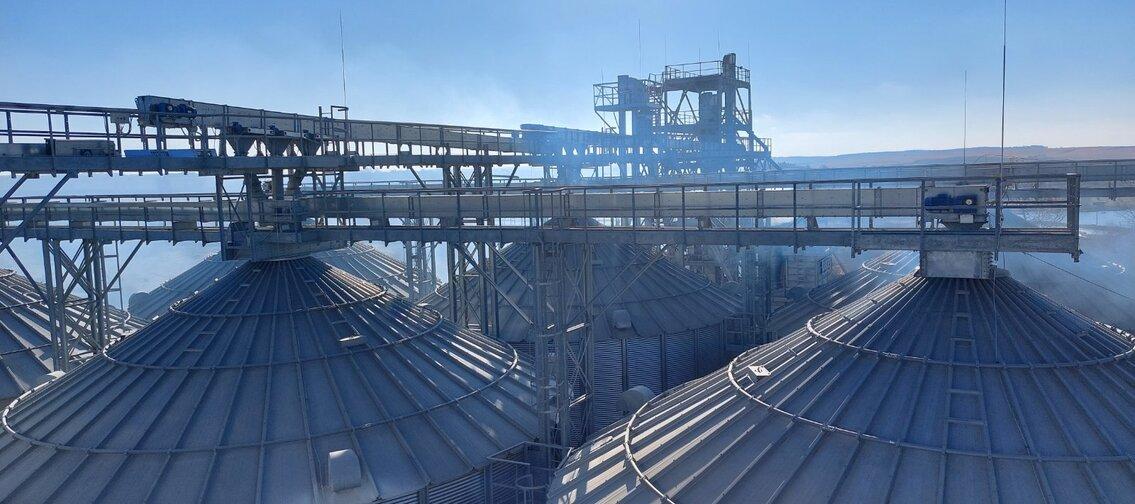
Modern agribusiness requires manufacturers to provide elevator equipment that meets the requirements of reliability and energy efficiency. However, most of the time, products are stored, so it is important to choose the right capacity. A grain silo should be equipped with an active aeration system, sensors and thermometry that monitor temperature and humidity for optimal crop preservation.
Technical requirements for modern grain silos
The efficiency of product preservation depends on the design and equipment of the silo. Modern grain silos should be made of galvanized steel with an anti-corrosion coating, withstand the pressure of the grain mass, moisture, temperature changes and wind loads. Important characteristics are
- even load distribution on the walls and conical bottom;
- tightness of all joints;
- availability of ventilation channels and temperature control;
- integration with aspiration and automation systems.
Such silos for grain storage require a standard wall thickness, which depends on the volume and height of the container.
Construction and materials of grain silos
Silos are mainly made of galvanized steel with a hot-dip galvanization of at least 275 g/m². But we recommend paying attention to manufacturers of metal silos that use 600 g/m² galvanized steel, such as the Spanish company Symaga. These metal silos are characterized by high strength, durability and ease of installation. Metal silos can be flat or conical – the choice depends on the purpose, volume of product, frequency of loading/unloading, and type of product.
If you need to store large volumes of grain for a long time, form large batches, use metal containers for storing grain on a flat bottom with thermal insulation, and for temporary accumulation, quick unloading of various products with minimal residues, choose metal silos with a conical bottom (hopper).
Also pay attention to the quality of the roof structure, the availability of components, how many stiffeners are used per body sheet, whether there is galvanization, etc. This will affect the service life and cost of the silo.
Control and automation systems for grain silos
Automation of processes makes it possible to control temperature, humidity, filling level and fan operation. Modern systems, such as those from Grain Capital, transmit data to a centralized control panel or a cloud-based elevator management system. This minimizes the human factor and prevents product spoilage.
If you use, for example, the smart.thermometry automation system, you can get the following features
- real-time temperature monitoring;
- selective zone tracking;
- early warning of overheating;
- data archiving;
- compatibility with digital sensors.
A grain storage silo requires an effective control system that allows you to respond in time to changes in conditions inside and maintain the required microclimate.
Aspiration systems for air purification of grain storage tanks
Aspiration equipment is an essential element of any modern elevator system. It provides air purification from dust during loading and unloading, reduces the risk of explosive concentrations and improves sanitary conditions at the enterprise.
Aspiration systems include:
- fine filters;
- fans for creating air flow;
- dust collectors and cyclone units;
- stainless steel pipelines.
Aeration and ventilation system
For long-term and safe storage of grain, it is important to use forced air cooling through fans and ducts in the bottom of the silo. Grain generates heat, which can lead to self-heating and the development of pests.
Aeration helps to reduce the temperature of the grain mass to 10-12 degrees. Aeration channels in the concrete foundation take up 25-30% of the silo base. Ventilation exchanges air in the underfloor space, preventing condensation and wetting of the upper layers of grain in the tank.
Energy efficiency of metal silos
To achieve high energy efficiency of metal silos, an important element is the ventilation system. Fans can be driven or exhausted, and the IE3 standard ensures increased energy efficiency. The use of inverter drives allows the power to be automatically adjusted depending on the air temperature in the grain storage tank, reducing energy consumption by up to 15%.
Grain storage quality standards
In Ukraine, silo storage is regulated by the standards DSTU ISO 6322-1:2004 and DSTU ISO 6322-2:2004, which define requirements for ventilation, temperature, humidity and sanitation. DSTU 3768:2010 regulates the moisture content of wheat (up to 14.5%), and DSTU 4525:2006 regulates the moisture content of corn (up to 15%). In the EU, ISO 22000, HACCP and national regulations are used to define moisture and safety limits.
Sanitary and hygienic standards for grain silos
The inner surface of silos should be smooth, without cracks where dust can accumulate. Regular cleaning and disinfection is mandatory. Metal grain storage silos must have sealed maintenance hatches and condensation removal systems.
Cost-effectiveness of grain storage silo modernization
The modernization of metal silos in large agricultural holdings has increased efficiency by 15-25%, and aspiration equipment reduces dust emissions and meets European environmental standards.
Thus, silos are a key element of the agricultural sector's infrastructure. Their technical condition directly affects the company's profitability. Regular diagnostics, automation, installation of modern aspiration systems and modernization of metal grain storage tanks guarantee high quality products, safe working conditions and compliance with international agribusiness requirements.
